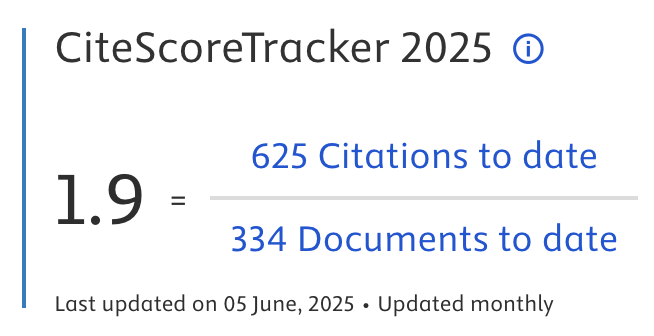Synchronization Patterns for Digital Twin Systems
Abstract
In the area of digital twin technologies, ensuring operational accuracy and efficiency requires information alignment between the physical objects and their corresponding digital twins. This study identifies synchronization patterns that can be incorporated into the design of digital twin systems to help improve data quality, system efficiency, and alignment in digital twin systems. To identify these patterns, we conducted a comprehensive literature review and performed an analysis of synchronization techniques. With this approach, it is possible to study the advantages and limitations of various synchronization patterns, such as time-driven, event–driven, and hybrid patterns, as well as determine their applicability in different operational settings. Identified patterns are evaluated by means of simulations of several component-based software architectures. The results of the study indicate that it is crucial to identify and incorporate appropriate synchronization patterns in the design of digital systems to maximize the benefit of this technology. While some patterns work well in industrial settings, other patterns are more applicable in other domains such as health systems and smart cities. The findings offer valuable directions for future innovations and uses in various industries thereby significantly raising the field of digital twin technology.
Article Metrics
Abstract: 500 Viewers PDF: 360 ViewersKeywords
Digital Twin Technology; Synchronization Patterns; Event-Driven Synchronization; Time-Driven Synchronization
Full Text:
PDF
DOI:
https://doi.org/10.47738/jads.v5i3.267
Citation Analysis:
Refbacks
- There are currently no refbacks.

Journal of Applied Data Sciences
| ISSN | : | 2723-6471 (Online) |
| Collaborated with | : | Computer Science and Systems Information Technology, King Abdulaziz University, Kingdom of Saudi Arabia. |
| Publisher | : | Bright Publisher |
| Website | : | http://bright-journal.org/JADS |
| : | taqwa@amikompurwokerto.ac.id (principal contact) | |
| support@bright-journal.org (technical issues) |
 This work is licensed under a Creative Commons Attribution-ShareAlike 4.0
This work is licensed under a Creative Commons Attribution-ShareAlike 4.0





.png)